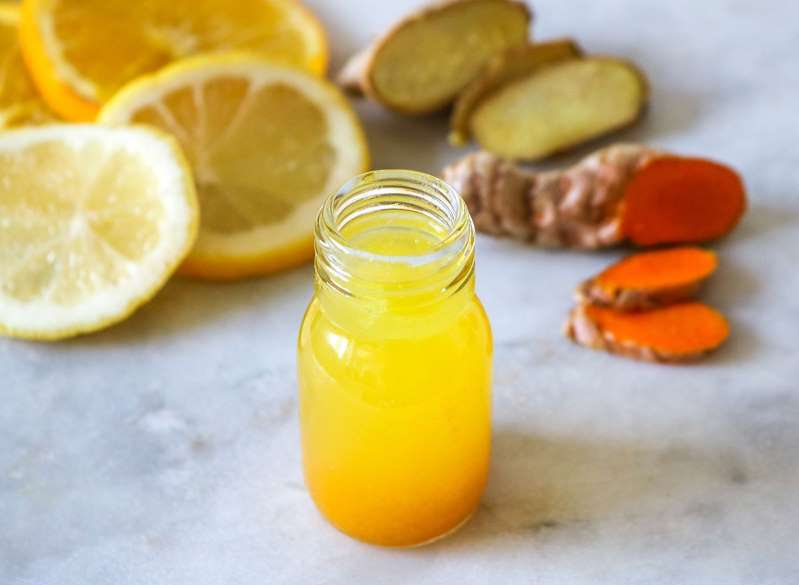FOOD AND DINING
Save your Thanksgiving leftovers for a glorious Black Friday pot pie. Fill it with turkey and roasted vegetables from the holiday menu, then whip up an easy sauce to bring it all together. (Abel Uribe / Chicago Tribune)
Either way, there will be leftovers. I suspect that’s the case for most families in this year of the pandemic. Especially when cooking a whole turkey and a sheet pan full of vegetables.
So, let’s take a proactive approach and make a leftover plan. I’m strategizing for a turkey and roasted vegetable pot pie! After the big meal, I’ll stash away portions of the savory cooked items. Refrigerated promptly in covered containers, turkey and vegetable leftovers will keep for several days. When baking for a holiday, I’ll make a couple of extra pie crusts and stash them in the refrigerator or freezer. Then, create a rich, slightly smoky sauce to hold it together.
Pot pie — heck, any kind of homemade pie intimidates me. It helps to break the preparations into crust, filling, and sauce. With these parts ready, you’ll need to assemble and bake the pies about 1 hour before serving.

My favorite timesaver is to make the pie dough several days in advance or simply use frozen or refrigerated pie crust. I am a fan of Trader Joe’s frozen pie crusts for their natural ingredients and crisp texture. The crusts are also generously sized, making working with them carefree. If your crust cracks or tears while rolling it out, no worries; just patch things together with your fingers. Rolling between sheets of floured wax paper makes transferring to the pie dish less traumatic.
Since I can’t stand soggy crusts, I prefer to make top-only pot pies (which baffles my husband). This approach proves a boon for the cook — no-fail crispiness and more accessible crust work. And fewer calories — always appreciated.

For the filling, reserve roast turkey and vegetables from Thanksgiving dinner. Alternatively, roast turkey breast tenders or chicken and some vegetables, or purchase roasted chicken and roasted vegetables from the grocery store or the local takeout shop.
You’ll need 3 generous cups of cooked turkey or chicken. Starting with fresh poultry, you’ll need about 2 pounds of boneless, skinless turkey tenders or chicken thighs. If you opt for chicken breast, avoid overcooking it during the roasting. The poultry can be roasted in advance and frozen; thaw in the refrigerator before using.

To accompany the chicken in the filling, I add large chunks of roasted vegetables — not the bland celery, carrots, and peas found in freezer-case pot pies.
Nearly any vegetable that tastes well-roasted will taste great in the pie — from carrots and sweet potatoes to Brussels sprouts and parsnips. Know that 8 cups of diced raw vegetables yields 6 generous cups of roasted vegetables. Use assorted frozen vegetables for a speedier option. I substitute 2 bags (14 to 15 ounces each) of frozen roasted vegetables, such as Brussels sprouts and carrots or mixed potatoes and carrots, and then thaw them in the refrigerator for a couple of hours before tossing them with the chicken and sauce.
The cream sauce is easy — butter, flour-thickened chicken broth, cream flavored with smoked paprika, and plenty of fresh garlic. There is no judgment here if you choose bottled or canned cream sauce — refrigerated alfredo sauce also works well. Just remember that thicker sauces make for less runny pies.

